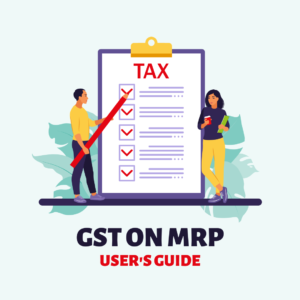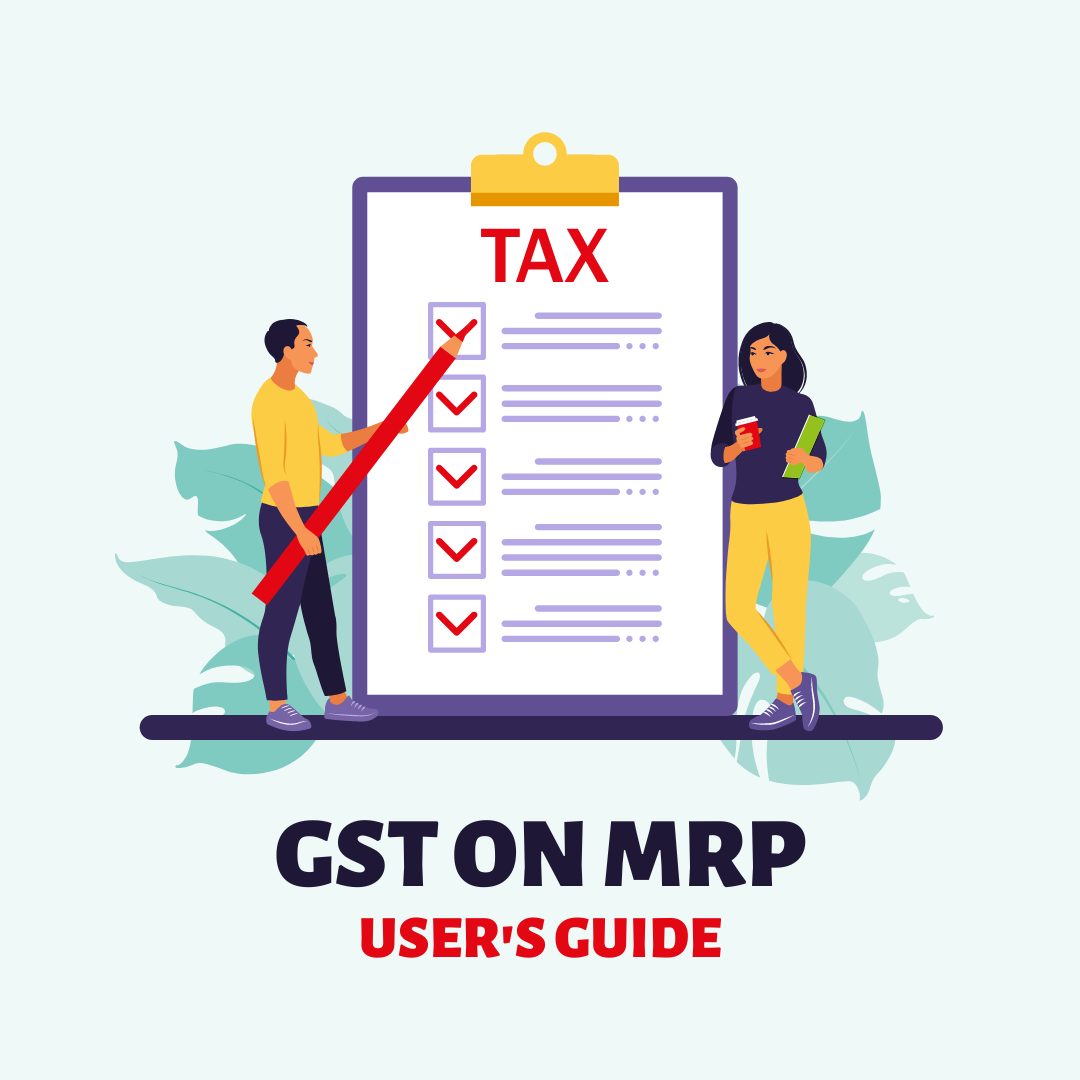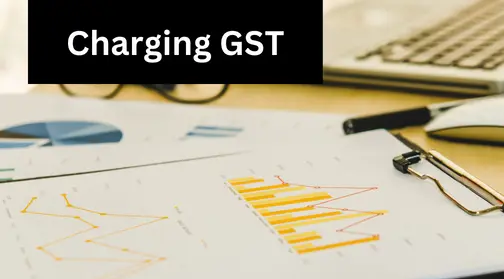How to calculate GST on MRP with example
Calculating Goods and Services Tax (GST) on Maximum Retail Price (MRP) is crucial for businesses and individuals involved in the sale and purchase of goods. In this article, we will delve into the intricacies of calculating GST on MRP, providing a step-by-step guide to help you navigate through the process smoothly. Whether you are a business owner, a tax professional, or an individual looking to understand the concept, this article will equip you with the necessary knowledge. Let’s get started!
Understanding GST and MRP
Goods and Services Tax (GST) is an indirect tax levied on the supply of goods and services in India. It replaced multiple indirect taxes such as excise duty, service tax, and value-added tax (VAT), bringing them under one umbrella. The Maximum Retail Price (MRP) is the highest price at which a product can be sold to the end consumer, inclusive of all taxes and levies.
What is MRP?
Maximum Retail Price (MRP) is a fundamental concept in the realm of retail pricing. It plays a vital role in ensuring transparency, consumer protection, and standardization of pricing across various products in the market. In this article, we will provide an in-depth understanding of MRP, its definition, significance, and its relevance in the context of Goods and Services Tax (GST). Whether you are a business owner, a consumer, or a tax professional, this article will equip you with valuable insights. Let’s dive in!
The Maximum Retail Price (MRP) is the highest price at which a product can be sold to the end consumer, inclusive of all taxes, duties, and other charges. It represents the final selling price of a product, beyond which a retailer cannot charge the customer. MRP serves as a benchmark for consumers to compare prices and make informed purchasing decisions.

Components included in MRP
The MRP of a product encompasses various components to provide a comprehensive and transparent representation of the final price. These components include:
Base Price
The base price refers to the cost of the product without any taxes or additional charges.
Other Taxes and Levies
Apart from GST, certain products may attract additional taxes or levies imposed by the government, such as excise duty or customs duty. These taxes and levies are included in the MRP to provide a comprehensive price to the consumer.
Packaging and Handling Charges
MRP may also incorporate reasonable charges associated with packaging, transportation, and handling of the product.
Importance and Significance of MRP
The inclusion of MRP on products holds several significant advantages for both businesses and consumers:
Consumer Protection
MRP acts as a safeguard against unfair pricing practices by retailers. It ensures consumers are not overcharged for products and provides a transparent pricing structure.
Price Standardization
MRP promotes consistency and uniformity in pricing across various retail outlets, preventing price disparities and promoting fair competition in the market.
Informed Purchasing Decisions
The presence of MRP on products allows consumers to compare prices, evaluate value for money, and make informed decisions while purchasing.
Legal Compliance
Displaying the MRP on products is a legal requirement in many countries, including India. Non-compliance can lead to penalties or legal consequences for businesses.
Determine the Applicable GST Rate
GST rates in India vary depending on the type of goods or services. The government has categorized goods into different tax slabs: 0%, 5%, 12%, 18%, and 28%. It is essential to identify the correct GST rate applicable to the specific goods you are dealing with. You can refer to the GST rate schedule provided by the government or consult with a tax expert to determine the appropriate rate.
Method of Calculating GST on MRP
Once you have identified the GST rate applicable to the goods, you can proceed to calculate the GST amount. The formula to calculate GST on mrp is as follows:
GST Amount = (MRP * GST Rate) / (100 + GST Rate)
For example, let’s say the MRP of a product is Rs. 1,000, and the applicable GST rate is 18%. Using the formula mentioned above:
GST Amount = (1000 * 18) / (100 + 18)
= 18000 / 118
≈ Rs. 152.54
Therefore, the GST amount on the product would be approximately Rs. 152.54.
Calculate the Selling Price (SP):
To determine the selling price (SP) inclusive of GST, add the GST amount to the MRP. The formula is as follows:
SP = MRP + GST Amount
Using the example above:
SP = 1000 + 152.54
≈ Rs. 1,152.54
Hence, the selling price of the product inclusive of GST would be approximately Rs. 1,152.54.
Displaying MRP and GST
As per the provisions of the Legal Metrology Act, it is mandatory for manufacturers, retailers, and sellers to display the Maximum Retail Price (MRP) and the amount of Goods and Services Tax (GST on mrp) separately on the product packaging or label. This requirement ensures transparency in pricing and empowers consumers to understand the MRP and the amount of tax they are paying for a particular product.
Conclusion
Maximum Retail Price (MRP) is an essential aspect of pricing in the retail industry. It represents the highest price at which a product can be sold to the end consumer, inclusive of all taxes and charges. MRP ensures transparency, protects consumer interests, and fosters fair competition in the market. Moreover, it plays a crucial role in determining the Goods and Services Tax (GST on mrp ) amount to be included in the final selling price. By understanding and adhering to MRP regulations, businesses can maintain compliance, and consumers can make informed purchasing decisions based on standardized pricing.







